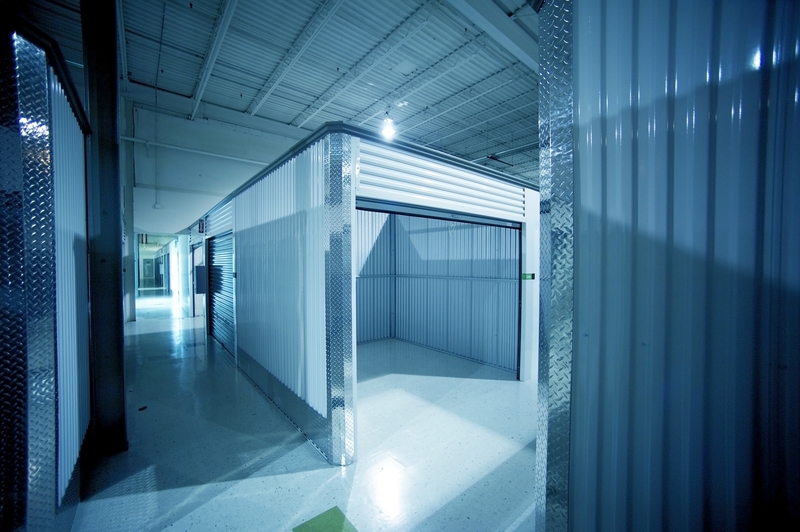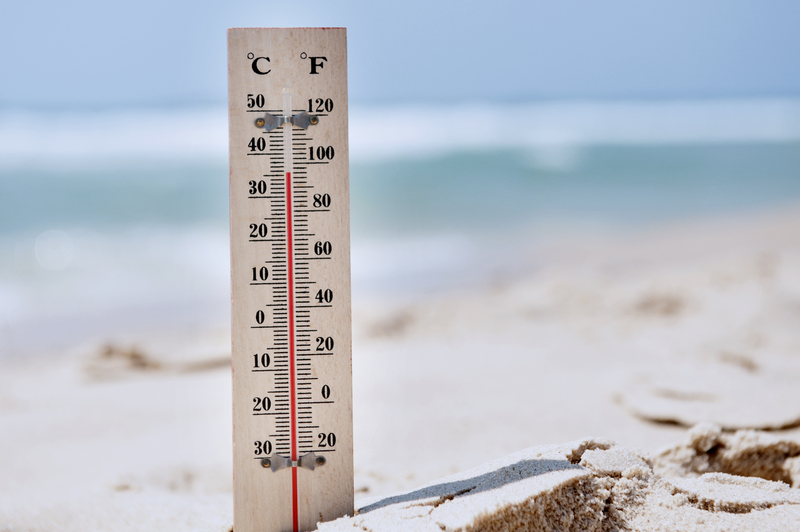How to Choose the Right Packing Supplies for Your Move
Moving to a new home or office can be exciting, but the process can also be daunting without the right packing supplies. Selecting high-quality packing materials ensures your belongings stay secure and organized throughout the move. In this comprehensive guide, we'll explore how to choose the best packing materials for your move, what types of supplies you need, and tips to make your moving experience hassle-free.
Why Packing Supplies Matter for a Successful Move
When planning a relocation, the importance of proper packing supplies cannot be overstated. The safety of your possessions--whether they are valuable electronics, delicate glassware, or bulky furniture--relies heavily on how well they are packed. Using the correct materials helps prevent damage, loss, and unnecessary stress during your move.
- Protection from damage: Sturdy moving boxes and quality packing materials shield your belongings from shocks, vibrations, and impacts.
- Saves time and effort: The proper tools make packing and unpacking more efficient and organized.
- Prevents mix-ups and losses: Correct labeling and compartmentalizing keep similar items together and reduce the risk of missing pieces.

Essential Packing Supplies for Any Move
Choosing the right packing essentials sets the foundation for a smooth relocation. Here's a breakdown of must-have moving supplies to protect and transport your goods effectively.
1. Moving Boxes
Moving boxes are the cornerstone of any packing supplies list. They come in various sizes and strengths:
- Small boxes: Ideal for books, tools, CDs, and heavy items.
- Medium boxes: Versatile for kitchenware, small appliances, and clothes.
- Large boxes: Suitable for pillows, bedding, and lightweight but bulky items.
- Specialty boxes: Wardrobe, dish packs, and TV boxes for unique items.
Tip: Don't overload large boxes with heavy items; distribute weight evenly. Reinforce boxes with packing tape for added durability.
2. Packing Tape and Dispensers
A high-quality packing tape is essential for sealing boxes securely. Opt for heavy-duty tapes that won't tear easily. Invest in a tape dispenser to speed up the packing process and ensure neat, even sealing.
3. Bubble Wrap and Foam Sheets
Fragile or valuable items require extra protection. Bubble wrap, foam sheets, and packing peanuts provide cushioning and minimize the risk of breakage.
- Use bubble wrap for glassware, ceramics, and electronics.
- Wrap picture frames and mirrors with foam sheets to avoid scratches.
- Fill remaining box space with packing peanuts to prevent shifting during transit.
4. Packing Paper and Newsprint
Packing paper is excellent for wrapping dishes, mugs, and sensitive items. Unlike newspaper, which may leave ink stains, packing paper is clean and safe for all surfaces. Crumpled paper also acts as a filler to keep items from moving around.
5. Labels, Markers, and Inventory Lists
Clearly marked boxes save time during unpacking. Use labels and bold markers to indicate:
- Contents inside each box
- Room destinations for easy unloading
- Special instructions like "Fragile" or "This Side Up"
Maintain an inventory list to track your boxes and valuables, which is particularly important for long-distance or international moves.
6. Furniture Covers and Mattress Bags
Large furniture pieces and mattresses require protection from dust, dirt, and potential tears. Plastic covers and furniture pads help keep them in pristine condition throughout your move. Many moving supply stores offer fitted covers for sofas, armchairs, and mattresses in various sizes.
7. Stretch Wrap
Use stretch wrap to secure drawers, keep doors closed, and bundle awkward substances together. It's especially useful for wrapping around small rugs, cords, or tools.
8. Moving Blankets and Pads
Moving blankets are thick and padded, ideal for wrapping appliances, mirrors, and fragile artwork. They provide an extra layer of shock-absorption and can even be rented from moving companies if you don't plan to use them after your move.
9. Other Handy Moving Tools
- Box cutters and scissors
- Dolly or hand truck for moving heavy items
- Gloves to protect your hands
- Cable ties for cords and electronics
- Resealable plastic bags for small hardware or screws
Choosing the Right Type and Quantity of Packing Materials
The best packing materials for moving depend on factors such as the size of your home, the fragility of your items, and the mode of transport. Here's how to determine what you'll need.
Assess the Items You're Packing
Start by making a comprehensive inventory of your belongings. Take special note of:
- Fragile items like glassware, vases, or antiques
- Heavy objects such as books and electronics
- Large awkwardly shaped items--musical instruments, sports equipment, etc.
- Valuables requiring premium protection
Estimate the Number and Sizes of Boxes
For a standard three-bedroom house, you might need:
- Small boxes: 20-30
- Medium boxes: 30-40
- Large boxes: 10-15
- Specialty boxes: As required for TVs, mirrors, or wardrobes
It's always better to have a few extra boxes than to run out mid-pack.
Consider Environmental Impact
If you'd like to reduce your carbon footprint, consider using eco-friendly packing supplies. Options include:
- Reusable plastic moving bins
- Biodegradable packing peanuts
- Recycled cardboard boxes and paper
- Repurposing blankets, towels, or clothing as padding
Many local moving companies offer rental solutions that are both economical and sustainable.
Where to Purchase or Source Packing Supplies
Whether you're on a budget or seeking top-tier supplies, there are plenty of places to find moving boxes and packing materials:
- Moving supply shops: Specialty stores offer a full range of items, often with packaging kits tailored for different home sizes.
- Big box retailers: Home improvement stores like Home Depot, Lowe's, or Walmart carry affordable moving supplies.
- Online stores and marketplaces: Amazon, U-Haul, and eBay provide value sets delivered to your door.
- Local community boards: Check Craigslist, Facebook Marketplace, or neighborhood groups for free or lightly-used boxes.
- Your moving company: Many movers sell or rent professional-grade supplies and may offer packages with your service.
Packing Tips for a Smooth Move
With the right packing materials at hand, employ these expert packing tips to streamline your move:
- Start early: Begin packing well before moving day to avoid last-minute stress.
- Label all boxes: Write the room and a brief contents list on each box.
- Pack smarter, not harder: Place heavier items at the bottom of boxes and cushion with lighter objects.
- Wrap and protect: Double-wrap breakables and use ample padding in all directions.
- Don't overload the boxes: Ensure each box can be lifted safely and won't break during transit.
- Seal tightly: Use packing tape to close seams and reinforce edges.

FAQs About Packing Supplies and Moving Materials
What are the best packing supplies for fragile items?
The right packing supplies for fragile items include small boxes, bubble wrap, foam sheets, packing paper, and double-walled cartons. Always mark these boxes as "Fragile" and avoid stacking them under heavier containers.
Can I use used boxes instead of new ones?
Used boxes are a cost-effective and environmentally friendly option. However, check each box for strength, cleanliness, and any prior damage. Reinforce with extra tape where necessary.
How do I protect my furniture during a move?
Use furniture blankets, stretch wrap, and fitted plastic covers to shield surfaces from scratches and dust. Disassemble what you can and keep hardware in labeled bags.
How much packing tape do I need?
A three-bedroom home typically requires 6-10 rolls of strong packing tape. It's wise to buy more than you think you'll need; running out mid-pack slows down your move.
Is it worth buying specialty moving boxes?
Yes, especially for valuables such as flat-screen TVs, glassware, and clothing. Specialty boxes offer extra protection and convenience, reducing the chance of damage.
Conclusion: Make Your Next Move Simple With the Right Packing Supplies
With careful planning and the proper packing materials for moving, anyone can safeguard their belongings and minimize moving day stress. Assess your needs, invest in quality supplies, and follow best practices for packing each item. Whether you opt for professional-grade kits or eco-friendly alternatives, having the right moving supplies is the key to a safe, efficient, and organized relocation. So, before you fill your first box, use this guide to select materials tailored for your move--and start your new journey with peace of mind.



